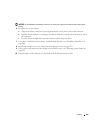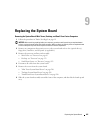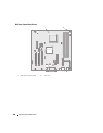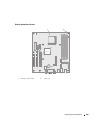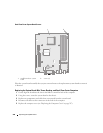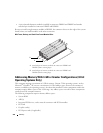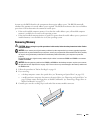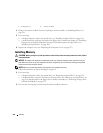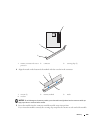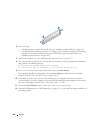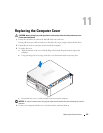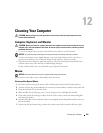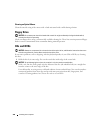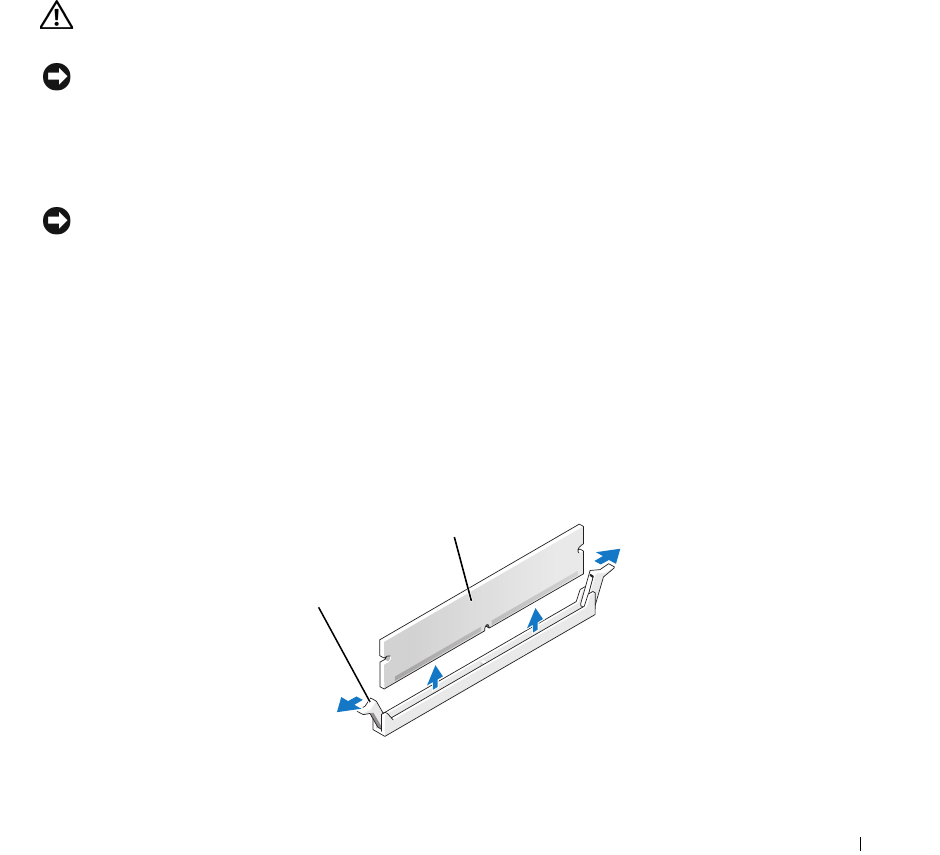
Memory 293
At start-up, the BIOS identifies the components that require address space. The BIOS dynamically
calculates the amount of reserved address space required. The BIOS then subtracts the reserved address
space from 4 GB to determine the amount of usable space.
• If the total installed computer memory is less than the usable address space, all installed computer
memory is available for use only by the operating system.
• If the total installed computer memory is equal to or greater than the usable address space, a portion of
installed memory is not available for use by the operating system.
Removing Memory
CAUTION: Before you begin any of the procedures in this section, follow the safety instructions in the
Product
Information Guide
.
NOTICE: If you remove your original memory modules from the computer during a memory upgrade, keep them
separate from any new modules that you may have, even if you purchased the new modules from Dell. If possible,
do not pair an original memory module with a new memory module. Otherwise, your computer may not start
properly.
You should install your original memory modules in pairs either in connectors DIMM1 and DIMM2 or connectors
DIMM3 and DIMM4.
NOTICE: Removing memory modules from DIMM3 and DIMM4 on the desktop computer requires you to remove
the optical drive (see "Optical Drive" on page 115). Failure to do so may cause damage to the memory module and
the DIMM socket.
1
Follow the procedures in "Before You Begin" on page 19.
2
If you are using:
• a desktop computer: remove the optical drive (see "Removing an Optical Drive" on page 115).
• a small form factor computer: first remove the optical drive (see "Removing an Optical Drive" on
page 215)then remove the floppy drive or Media Card Reader. (see "Removing a Floppy Drive or
Media Card Reader" on page 217).
3
Carefully press out the securing clip at each end of the memory module connector.
2
1



